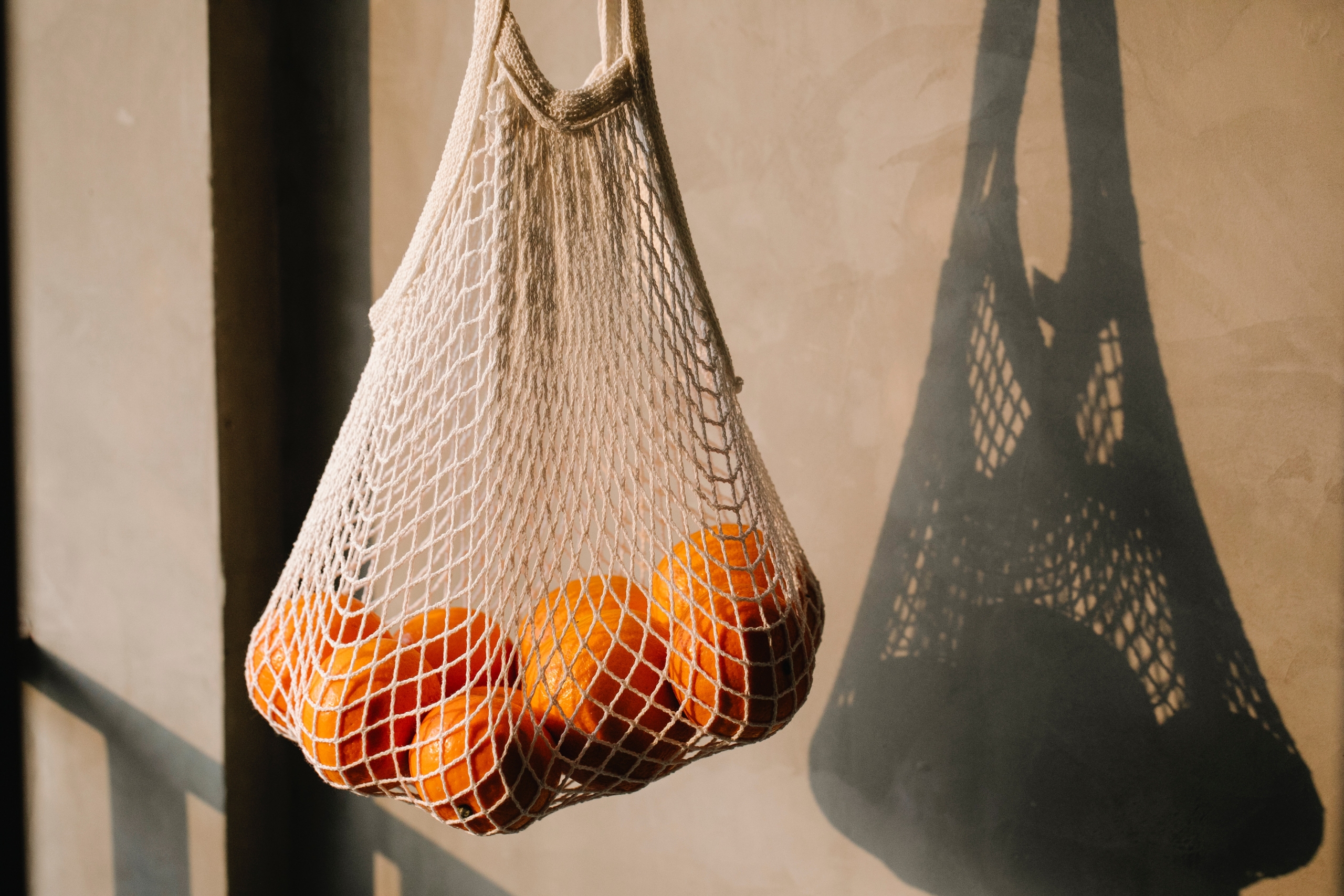
Did you realize that every year in Poland alone as much as 9 million tons of food is wasted?
The waste is mostly vegetables, fruit, cold cuts and bread, and the main reason why they end up in the garbage can is because they are past their best-before date and – just as often – because they are not stored properly. We advise you how to change bad habits and noticeably reduce food waste in your home.
You can do a lot with small steps. Just make small changes in your everyday life and you’ll quickly notice the difference in the amount of food you throw away
Where to start? Start with a plan! If you prepare a list before you go shopping, it will be easier for you to buy only the products you need. Special mobile applications can help you not only make a list, but also compare prices in stores and choose the best option.
Another way to store smart is to go to a small store where the goods are served from behind the counter by salespeople.
Unfortunately, thoughtful shopping isn’t everything. Once you’ve gotten into the habit of making lists, it’s time for the next step on your path to not wasting food: keeping track of expiration dates.
You probably check the date on the package when you go to the store, but afterwards, do you remember when the product is good to eat? It’s a good idea to write expiration dates on a piece of paper and stick it on the fridge so the whole family can keep track of your pantry.
It’s worth noting here the important difference in writing expiration dates for specific products. On some it says “use by…” while on others it says “best before…”. Why the difference? In the first case it is necessary to consume the product within the given time limit and it is not advisable to open it even a day later. This is most often the case with dairy products, meat and delicatessen products. As far as the second information is concerned, it tells about the minimum, not final, durability of the product.
It may seem trivial to you, but storing your products properly ensures that they don’t spoil as quickly. First of all, you need to know what to keep in the refrigerator and what to keep out of it. Also, get to know your equipment. It’s likely that produce cools more in some places in your fridge than others – knowing where to put what makes it really easy to preserve longer-lived food!
Also, remember to properly store dry produce that you keep out of the fridge. Pay attention to fruits and vegetables. Check to make sure they still retain their freshness. If you’re doing a big shopping spree, unpack it right away by looking at the produce – especially fresh produce. Don’t just put them in the fridge, sort them out so you can make sure one overripe fruit doesn’t spoil all the fruit and vegetables in the same drawer or on the same shelf.
Another good tip – when you put your prepared foods in the fridge, make sure they’re sealed tightly. This is because you may find that the smell that gets from them to other products will affect their condition.
Main Photo: Sarah Chai/pexels.com